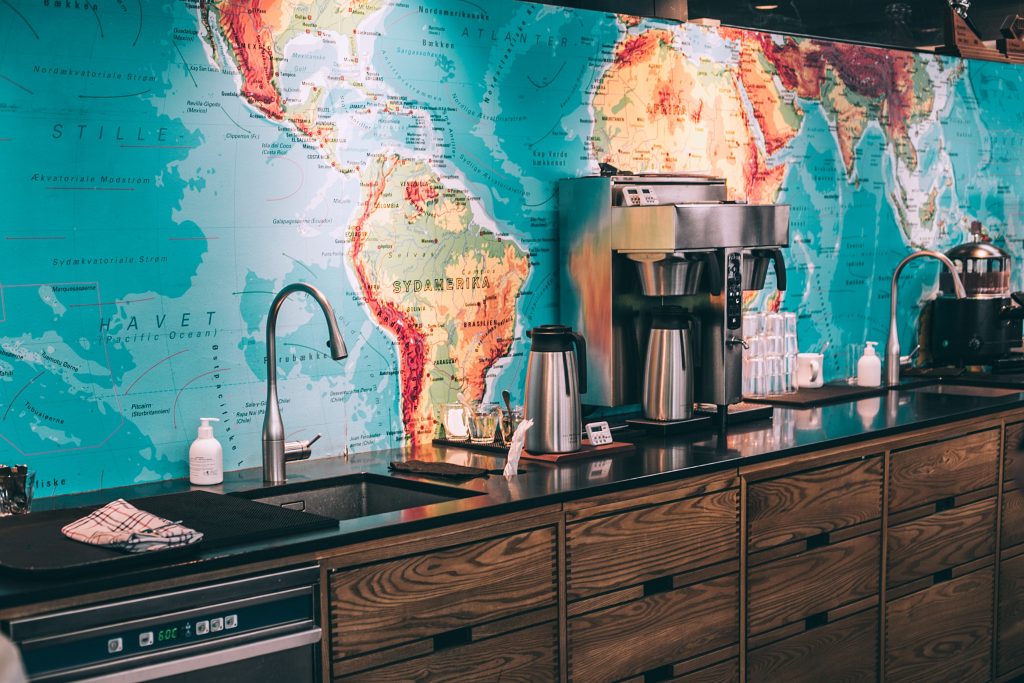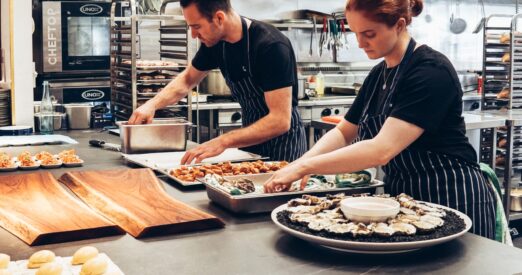
The New Restaurant Tech Stack: When To Invest in New Software
by The Ottimate Editorial Team
For part 1, “The New Restaurant Tech Stack,” click here. For part 2, “How to Pick the Right Restaurant Tech Stack,” click here.
“If it ain’t broke, don’t fix it.”
Wise words in some situations. In others, an invitation to get left behind.
How is a business owner to tell which is which? That’s what we’ll cover in this article.
Perhaps because restaurant operations are so challenging — and because “stability” in this industry is always more precarious than it looks — restaurant managers who feel comfortable with the tools they’re using rarely want to change unless they absolutely have to.
But is that always the right approach?
The truth is, simply getting the job done is not the same as getting it done efficiently or intelligently.
Quantify the Opportunity Cost of A New Restaurant Tech Stack
Consider the work of invoice processing, a task that often falls under the radar. Using even a paper-based, manual-entry system, the process is straightforward. There’s a good chance that whoever handles invoices knows exactly what they’re doing. It may not look like an aspect of the operation that warrants investment.
But things start to look different when you take into account the amount of time you can gain from doing it more efficiently. Reducing even 20 minutes a day gives back the AP employee a total of almost two weeks over the course of a year. Imagine if you gave them that much extra vacation time!
Efficiency adds up quickly.

In other words, deciding when to invest in new restaurant technology isn’t just a question of what work needs to be done. It’s also about understanding what you’re already paying by not doing it better.
With that, let’s look at some of the signs that it’s time to consider investing in restaurant software.
When The Old Restaurant Tech Stack is Broken
We’ll start with the most obvious situation: when something you used to do doesn’t work anymore.
Here are some of the telltale signs of when your existing workflow isn’t cutting it:
Details Are Getting Lost
Visibility into a process, and the data behind it, are critical. If important information is starting to get glazed over or confused, your system needs an overhaul.
Example: When you discover a trove of rapidly perishing food in your freezer that you didn’t know about, it’s time to invest in inventory management software.

Choke Points Are Overloaded
Even if most of a system works, but one central chokepoint doesn’t, the system is breaking.
Example: Your employees have corporate cards that they use to buy supplies and inventory — but the only set of eyes overseeing the spending is one member of your accounting team for whom this is not a priority. The result? Lots of spending goes unchecked.
External Parties Are Affected
Having a jerry-rigged workflow might be OK if no one notices, but once its flaws start to affect external parties — be they suppliers or customers — it is urgent that you find a more sophisticated solution.
Example: Invoices flow so voluminously into an overwhelmed AP team that you begin to miss payments. Vendors start threatening to cut off your service or demanding more stringent payment terms. Time for a better invoice management solution.
Ownership Is Lost
Sometimes the problem with a back-office workflow isn’t that it doesn’t work, but that it is managed so well by one employee that they become its sole owner. When that person leaves or has an unexpected absence, it turns out that no one knows how to take the reins.
Example: Your restaurant’s catering service is run by a dependable employee who has their own unique way of managing the operation. When that employee goes on maternity leave, though, the staff realizes too late that they are struggling to pick up where she left off.
A New Situation Arises
When the context in which your business operates changes, you need to be responsive. If swapping a legacy system for a new solution is part of the answer, go for it.
Example: Covid forced restaurants around the world to transition, overnight, from in-person dining to surviving on delivery channels to which they had never given much thought. When the world changes, your restaurant tech stack needs to change with it.

When You’re Planning To Scale Consider Your Restaurant Tech Stack
We’ve gone over the occasions in which your restaurant’s processes need to be upgraded because the existing ones aren’t working.
But what about when everything’s working?
It’s time to upgrade your systems when:
Your Business Is Growing
Running a restaurant with one location requires a different set of tools than doing the same with two or three restaurants. With each new stage of growth, the need to tie everything together intelligently gets greater.
Example: Prior to Cava Group’s acquisition of Zoës Kitchen in 2018, both fast-casual chains had their own back office staffs and workflows. But when the number of stores the newly-combined company needed to manage doubled overnight, an upgrade was needed to how they processed invoices. Read more about how they solved this problem.
Personnel Is Changing
During Covid, nearly every hospitality business needed to stretch a reduced headcount across all essential aspects of their business. Many people turned to software to take over the work.
But as the pandemic’s end approaches, we are likely to return to a time of expansion: when successful restaurants open up new locations and promote from within. Here too, investing in software is how smart restaurants will carry the load.
Example: One Ottimate client had an AP team member who used to spend all her time processing invoices. When they upgraded to invoice automation, they were able to free her up to move her along her desired career path, and into an HR role.
Gear up for a Strong Return by Assessing Your Restaurant Tech Stack
If there’s one positive that can be said about covid’s impact on the restaurant industry, it’s that the businesses able to make it through have done so with grit and creativity. When things come back, those restaurants will be better off than ever before.
Part of that evolution should include using the pause we’ve all just experienced to do a critical audit of the systems and workflows running your business.
Upgrading your systems from ad hoc, pen-and-paper workflows to integrated digital solutions is probably something you’ve had in the back of your mind for years. Most restaurants, in fact, have decided to make this investment in some areas but not others. With Covid — or any time of upheaval, whether it be due to a physical move or a restructuring of your business — the opportunity to get to the back items on your to-do list is more present.
Digital restaurant technology makes your back office more agile and adaptable than the weedy, organic processes that tend to develop over time. In a challenge as endlessly dynamic and complex as managing a restaurant, the modern restaurant tech stack is a source of strength for restaurants, their employees, and their owners.
Stay up to date on the latest news in AP automation and finance
Related

